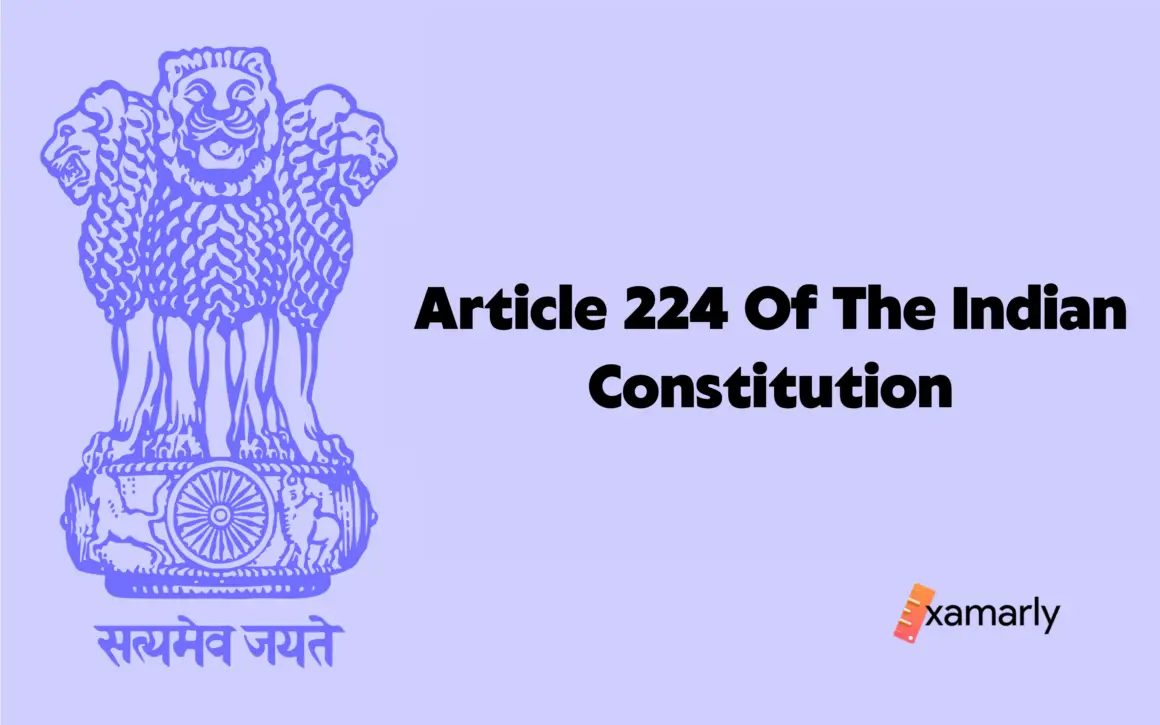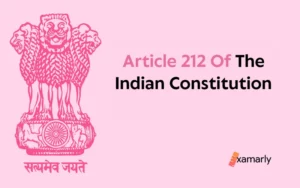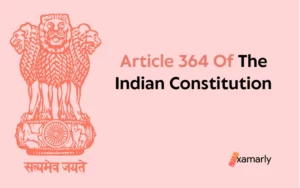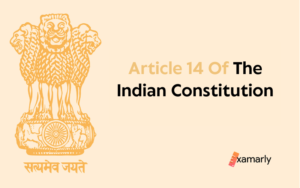Article 224 of the Indian Constitution talks about how the workload in the High Court is managed with the increase in the number of judges.
It talks about how the office of the High Court is always kept open, irrespective of the strength of the judges present in a particular session of the High Court.
Let us dig deep into Article 224 of the Indian Constitution and grasp all the concepts related.
Article 224 of the Indian Constitution – In Detail
So that you can understand Article 224 of the Indian Constitution in depth, we will break it down into its clauses.
Clause 1 – As it is & Explained
(1) If by reason of any temporary increase in the business of High Court or by reason of arrears of work therein, it appears to the President that the number of the Judges of that Court should be for the time being increased, the President may appoint duly qualified persons to be additional Judges of the Court for such period not exceeding two years as he may specific
The first clause of Article 224 of the Indian Constitution says that if it appears to the President that the number of Judges of that Court should be for the time being increased, either because of any temporary increase in the business of the High Court or because of arrears of work.
In such a case, the President may appoint duly qualified individuals to serve as additional Judges of the Court for a period not to exceed two years.
This provision applies only if it appears to the President that the number of Judges on that Court should be temporarily increased.
Clause 2 – As it is & Explained
(2) When any Judge of a High Court other than the Chief Justice is by reason of absence or for any other reason unable to perform the duties of his office or is appointed to act temporarily as Chief Justice, the President may appoint a duly qualified person to act as a Judge of that Court until the permanent Judge has resumed his duties
The second clause of Article 224 of the Indian Constitution says that it is the decision to make of the President to appoint a duly qualified person to act as a Judge of a High Court until the permanent Judge has resumed his duties.
This can only happen in the event that any Judge of a High Court other than the Chief Justice is absent or for any other reason unable to perform the duties of his office or is appointed to act temporarily as Chief Justice.
Clause 3 – As it is & Explained
(3) No person appointed as an additional or acting Judge of a High Court shall hold office after attaining the age of sixty two years
The third clause of Article 224 of the Indian Constitution says that at the age of sixty-two, a person can no longer serve as an additional or acting High Court judge.
Summing Up
We concluded from Article 224 of the Indian Constitution that the President has the authority to appoint acting judges on behalf of the judges who are, for any reason, unable to discharge the duties of his office.
We also concluded that no judge appointed after the age of 62 can hold the office.
Related – Article 223 Of The Indian Constitution
FAQs
Who Is Authorized To Make Decisions Regarding the Capacity Of the Supreme Court?
The President designates the number of judges to be assigned to each high court, although the number of judges appointed to each high court is determined by the workload of each individual high court.
What exactly is the High Court’s constitutional framework?
Every High Court is required to have a Chief Justice in addition to any other Judges that the President, at his or her sole discretion, may choose to appoint from time to time. In this way, in contrast to the Supreme Court, the number of judges on a High Court is not fixed and can be established by the President on a case-by-case basis, with consideration given to the amount of work that is brought before a High Court. This is in contrast to the Supreme Court, which has a set number of judges.
Which of the high courts has the greatest number of judges?
The Allahabad High Court is the court with the most judges in the country since it has a total of 160 judges working there. This makes it the court with the most judges in the country. 1866 is the year that marks the beginning of its existence as a distinct entity in the world.
Which one of India’s high courts has the fewest judges?
The Sikkim High Court has the smallest authorized court strength of any high court in India, with only three judges. 1975 was the first year of its existence after it had been established.






